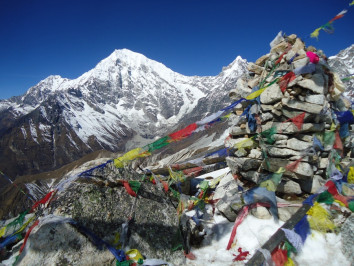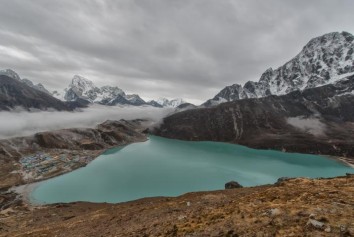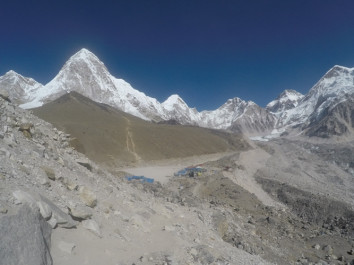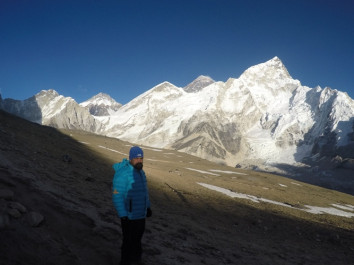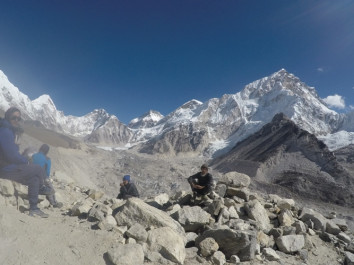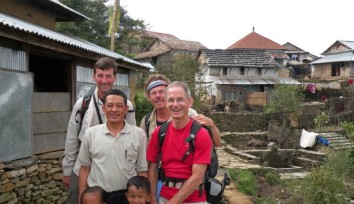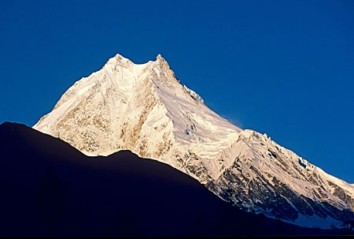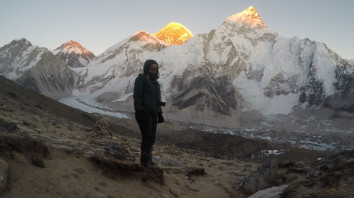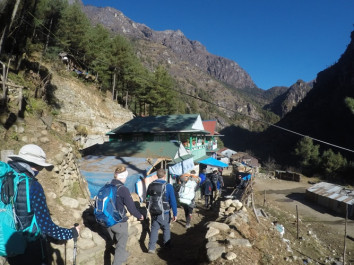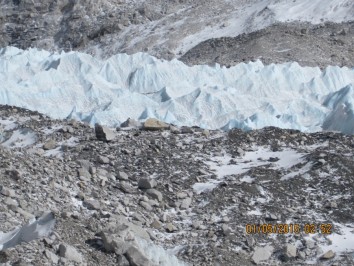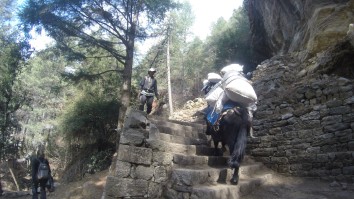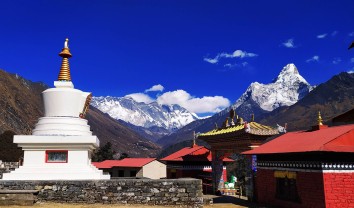Best in travels | Best in travels Nepal 2024
Nepal's travel history is a fascinating blend of adventure, spirituality, and cultural exploration. The country continues to evolve as a sought-after destination for a wide range of travelers.
Table of Contents
-
Kathmandu Valley: Explore the capital city, Kathmandu, and its historical and cultural sites, including Durbar Square, Swayambhunath (Monkey Temple), and Boudhanath Stupa.
-
Everest Region: Trek to Everest Base Camp for stunning views of the world's highest peak, Mount Everest. The Everest Base Camp trek is a classic and popular adventure.
-
Annapurna Circuit: Another renowned trekking destination, the Annapurna Circuit offers diverse landscapes, from subtropical forests to high-altitude desert.
-
Chitwan National Park: Experience wildlife in Chitwan National Park, known for its diverse flora and fauna, including the elusive Bengal tiger, one-horned rhinoceros, and various bird species.
-
Lumbini: Visit the birthplace of Siddhartha Gautama, who later became Buddha. Lumbini is a UNESCO World Heritage site with historical and spiritual significance.
-
Gosaikunda Lake: Embark on a trek to Gosaikunda, a sacred alpine lake in the Langtang National Park region.
-
Bhaktapur: Explore the well-preserved medieval city of Bhaktapur, known for its traditional Newari architecture and craftsmanship.
-
Rara Lake: For a more off-the-beaten-path experience, consider visiting Rara Lake in the remote northwestern part of Nepal.
-
Everest Base Camp Trek: This trek is a classic and remains popular for those seeking breathtaking views of the world's highest peak, Mount Everest, along with an immersive cultural experience.
-
Annapurna Circuit: A trek through the Annapurna region, offering diverse landscapes, from lush subtropical forests to high-altitude desert, and views of several stunning peaks.
-
Pokhara: A picturesque lakeside city surrounded by the Annapurna Range, Pokhara is known for its serene atmosphere, Phewa Lake, and adventure activities like paragliding. Enjoy the serene lakeside city of Pokhara, You can also take a boat ride on Phewa Lake or go paragliding for an adrenaline rush.
-
Chitwan National Park: Explore the rich biodiversity of Chitwan National Park, home to various wildlife species, including rhinoceros, Bengal tigers, elephants, and a variety of bird species.
-
Lumbini: Visit the birthplace of Lord Buddha, a UNESCO World Heritage site with historical and spiritual significance.
-
Bhaktapur: Explore the well-preserved medieval city of Bhaktapur, known for its traditional Newari architecture, temples, and squares.
-
Langtang Valley Trek: A less crowded trek compared to Everest and Annapurna, Langtang Valley offers stunning landscapes, traditional Tamang villages, and close-up views of snow-capped peaks.
-
Rara Lake: Located in the remote northwestern part of Nepal, Rara Lake is the largest lake in the country and offers a tranquil and off-the-beaten-path experience.
-
Gosaikunda Lake: A sacred alpine lake in the Langtang National Park region, often visited by trekkers for its religious and natural significance.
-
Adventure Activities: Engage in various adventure activities like white-water rafting, bungee jumping, zip-lining, and mountain biking, taking advantage of Nepal's diverse topography.
Here's some general travel information about Nepal:
1. Visa Requirements:
- Tourist visas for Nepal can be obtained on arrival at the Tribhuvan International Airport in Kathmandu or at land border crossings.
- Visa fees and requirements may vary, so it's advisable to check with the official website of the Nepal Immigration Department for the latest information.
2. Currency:
- The official currency is the Nepalese Rupee (NPR). ATMs are widely available in major cities and tourist areas.
3. Language:
- The official language is Nepali, but English is widely understood in tourist areas, hotels, and restaurants.
4. Weather:
- Nepal has diverse climates due to its varying topography. The best time to visit is during the spring (March to May) and autumn (September to November) when the weather is generally mild and stable.
5. Health and Vaccinations:
- It's advisable to consult a healthcare professional for advice on vaccinations and health precautions before traveling to Nepal.
- Altitude sickness can be a concern, especially when trekking to high-altitude regions. Acclimatization and gradual ascent are essential.
6. Transportation:
- Domestic flights, buses, and private vehicles are common modes of transportation within the country.
- Roads in rural areas can be challenging, and travel times may be longer than expected.
7. Trekking and Adventure:
- Nepal is famous for trekking, with popular routes including Everest Base Camp, Upper Mustang trek, Manaslu trek, Annapurna Circuit, and Langtang Valley. Ensure you have the appropriate permits for trekking in national parks and conservation areas.
8. Accommodation:
- Accommodation options range from budget guesthouses to luxury hotels. Major cities and popular tourist destinations have a variety of choices.
9. Culture and Etiquette:
- Nepalese culture is influenced by Hindu and Buddhist traditions. It's important to be respectful of local customs and traditions.
- Remove your shoes before entering someone's home or a place of worship.
10. Safety:
- Nepal is generally safe for travelers, but it's essential to take standard safety precautions. Be cautious with your belongings and be aware of your surroundings.
11. Electricity:
- The standard voltage is 230V, and the frequency is 50Hz. Sockets usually accept plugs with two or three round pins.
Nepal has a rich and diverse travel history, shaped by its unique geography, cultural heritage, and historical significance. Here are key points in Nepal's travel history:
-
Ancient Trade Routes:
- Nepal has been a crossroads for trade and cultural exchange for centuries. Its strategic location between India and Tibet made it a crucial part of ancient trade routes.
-
Birthplace of Buddha:
- Lumbini, located in Nepal, is the birthplace of Siddhartha Gautama, who later became Buddha. This UNESCO World Heritage site attracts pilgrims and tourists interested in Buddhist history and culture.
-
Himalayan Expeditions:
- In the early 20th century, Nepal gained attention as a destination for mountaineering expeditions. Sir Edmund Hillary and Tenzing Norgay famously conquered Mount Everest in 1953, putting Nepal on the global map for adventure tourism.
-
Open to Tourism:
- Nepal officially opened its borders to tourists in the 1950s. Since then, it has become a popular destination for trekkers, mountaineers, and those seeking cultural experiences.
-
Trekking Boom:
- The trekking industry in Nepal experienced significant growth in the latter half of the 20th century. Treks such as the Annapurna Circuit and Everest Base Camp became iconic routes, attracting adventure enthusiasts from around the world.
-
Conservation Efforts:
- Nepal has been proactive in conservation efforts, especially in protecting its national parks and wildlife reserves. Chitwan National Park, established in 1973, is a UNESCO World Heritage site known for its diverse flora and fauna.
-
Cultural Tourism:
- Nepal's rich cultural heritage, including ancient temples, palaces, and festivals, has drawn tourists interested in exploring its historical and architectural gems. Cities like Kathmandu, Bhaktapur, and Patan are renowned for their cultural significance.
-
Natural Disasters:
- Nepal faced significant challenges due to natural disasters, including the devastating earthquakes in April and May 2015. The country has worked on reconstruction efforts, and tourism has played a crucial role in supporting recovery.
-
Adventure and Beyond:
- While trekking and mountaineering remain popular, Nepal has diversified its tourism offerings. Visitors engage in activities like paragliding, white-water rafting, and exploring off-the-beaten-path destinations.
-
Modern Developments:
- In recent years, Nepal has seen an increase in infrastructure development, including improved roads and transportation networks, making it more accessible to tourists.
Keep in mind that travel trends can change, and new attractions may emerge. It's recommended to check for the latest travel advisories, entry requirements, and local insights as your travel date approaches
Recent Posts
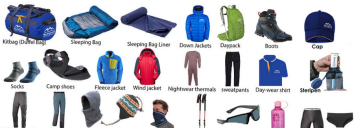
20th Oct, 2022
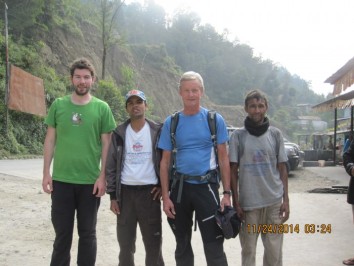
20th Oct, 2022
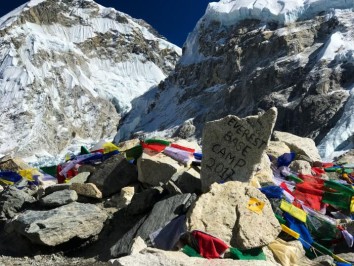
20th Sep, 2020
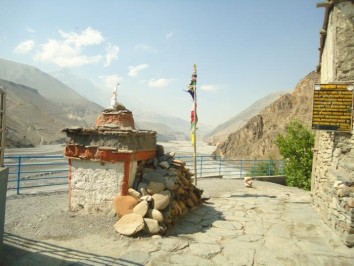
1st Sep, 2020

13th Nov, 2022

13th Nov, 2022
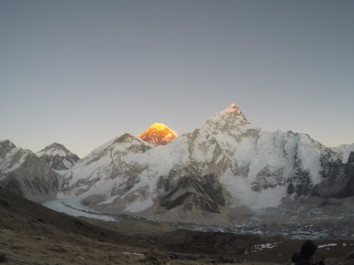
12th Sep, 2017
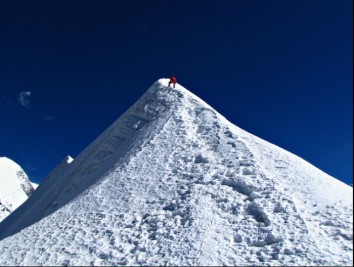
23rd Sep, 2015
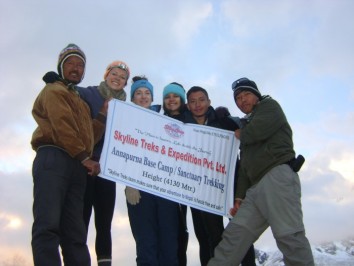
14th Aug, 2016
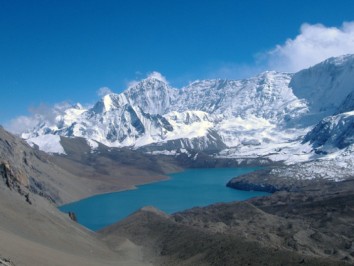
12th Aug, 2016
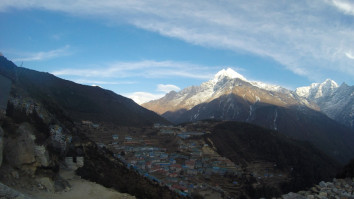
5th Apr, 2017
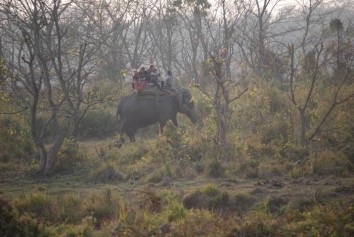
15th Jan, 2017
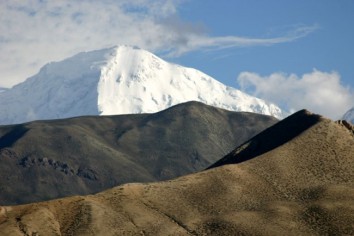
9th Jun, 2016
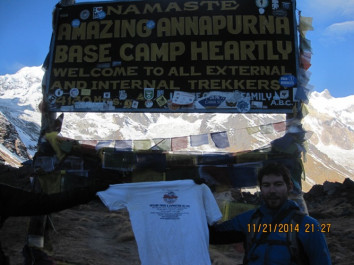
6th Jun, 2017
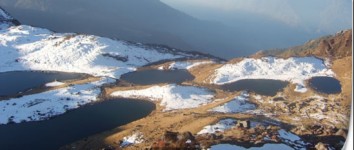
14th Sep, 2015
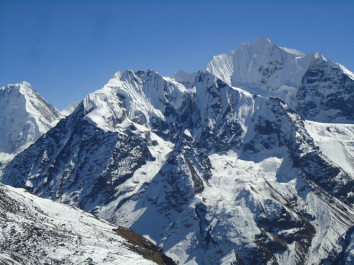
11th Aug, 2016
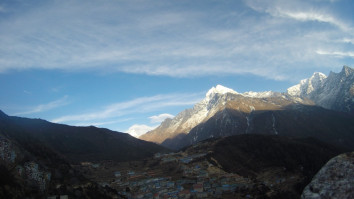
10th Apr, 2017
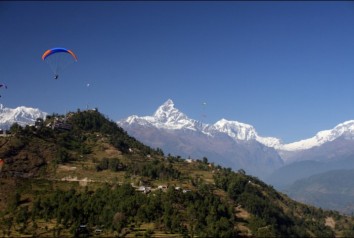
4th Oct, 2015
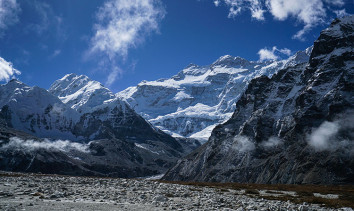
1st Oct, 2015
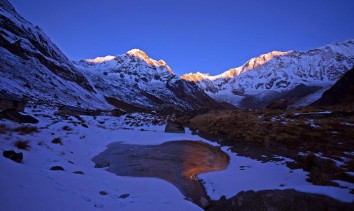
15th Jan, 2018

4th Sep, 2017
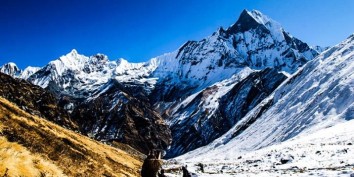
16th Jun, 2017
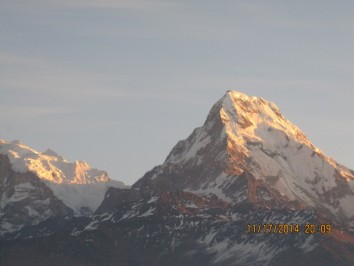
2nd Dec, 2017
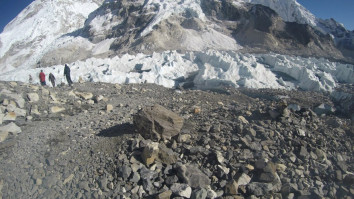
12th Oct, 2015
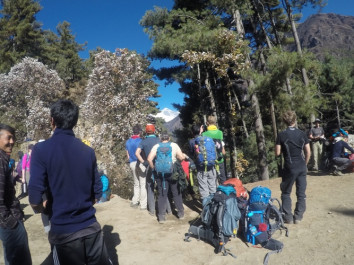
30th Jun, 2016
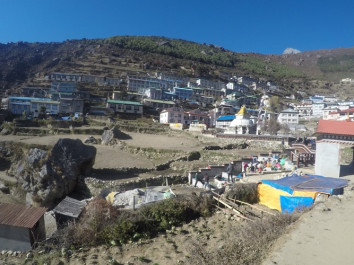
13th Apr, 2017
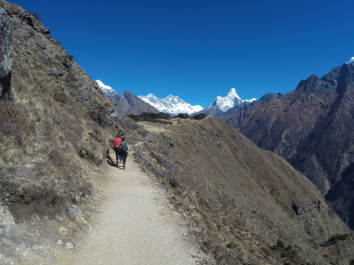
7th Jun, 2016
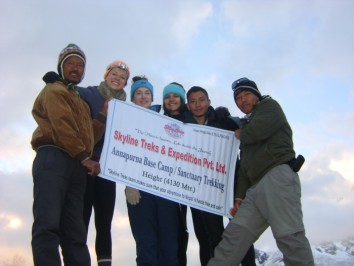
22nd Aug, 2017
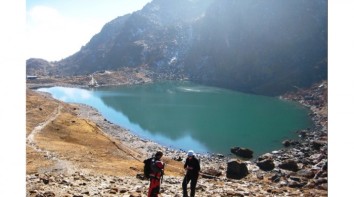
10th Sep, 2015
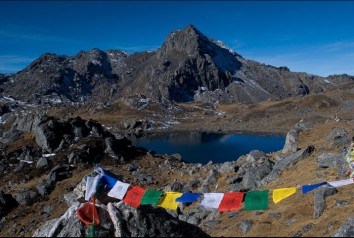
28th Aug, 2015
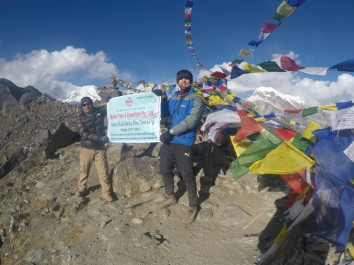
4th Jul, 2016
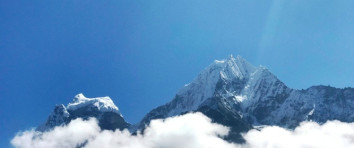
7th Oct, 2015
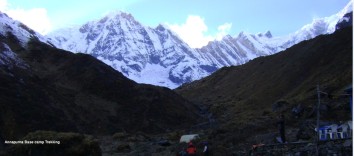
6th Dec, 2017
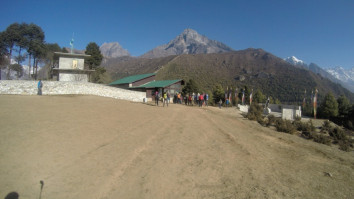
10th Jun, 2016
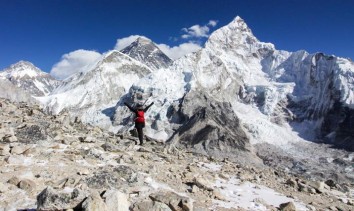
8th Jan, 2018
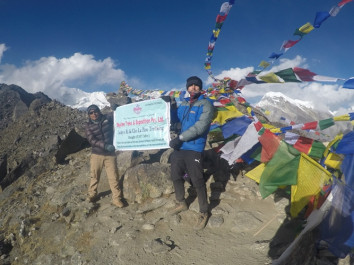
8th Jun, 2016
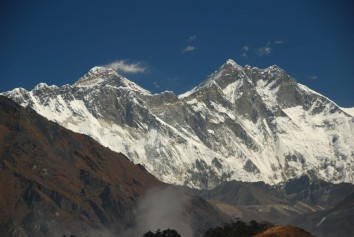
31st Aug, 2017
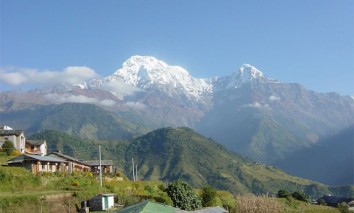
19th Sep, 2017
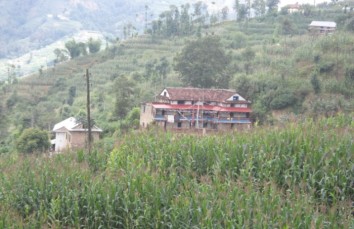
18th Aug, 2015
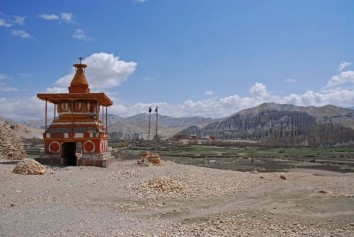
7th Aug, 2018
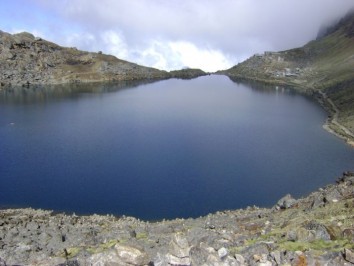
12th Sep, 2017

6th Mar, 2020
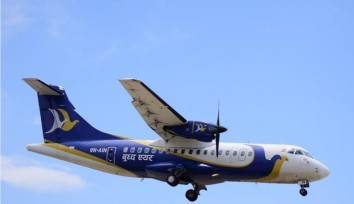
19th Sep, 2017
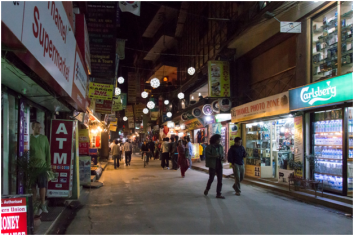
16th Feb, 2020

13th Dec, 2017

17th Jun, 2016
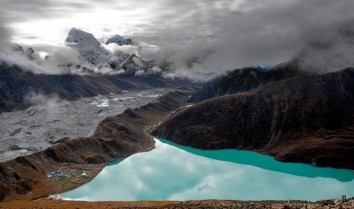
8th Dec, 2017
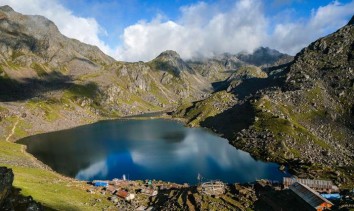
28th Jun, 2017
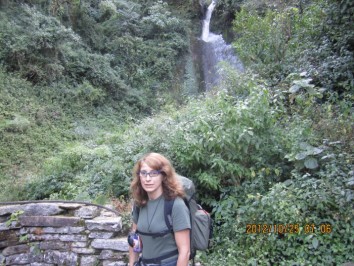
14th Oct, 2015
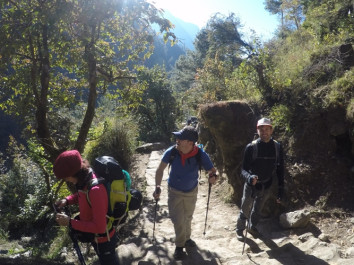
11th Jul, 2016
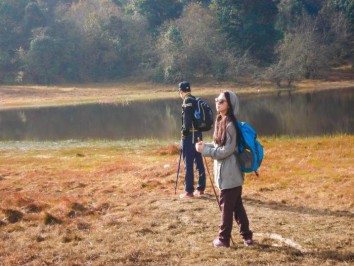
21st Jun, 2017
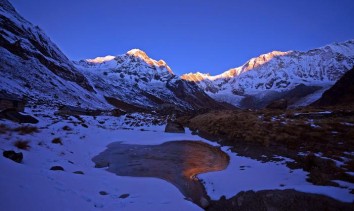
11th Jul, 2020
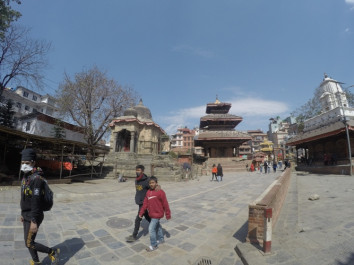
16th Aug, 2015
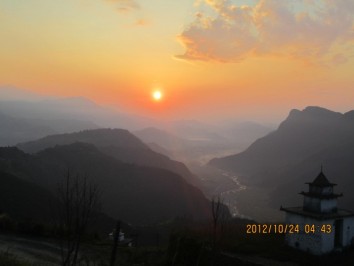
21st Sep, 2015
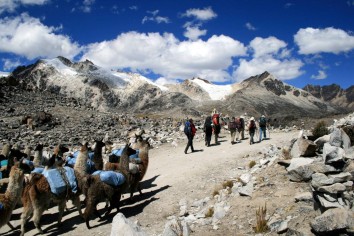
5th Mar, 2020
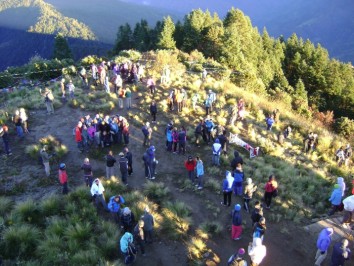
12th Jun, 2017
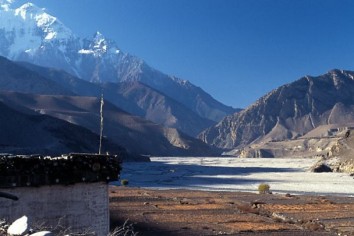
3rd Aug, 2018
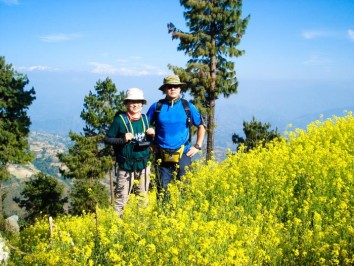
3rd Sep, 2015
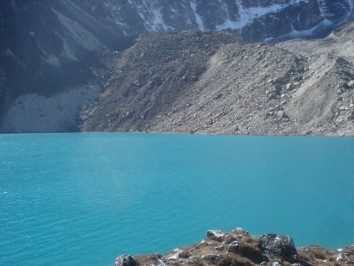
25th Jun, 2017
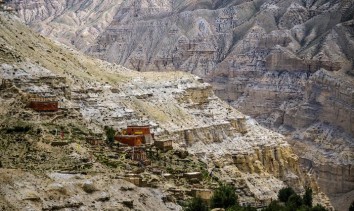
2nd Sep, 2020
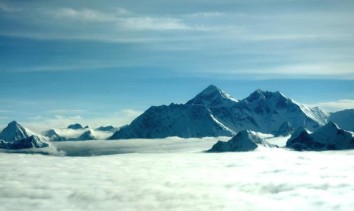
3rd Jul, 2016
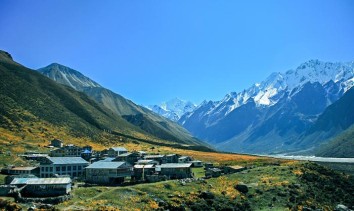
24th Jun, 2016
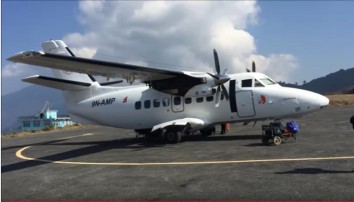
11th Aug, 2017
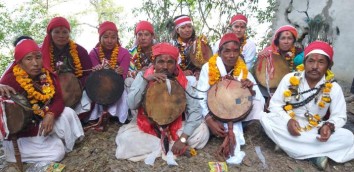
12th Jun, 2016
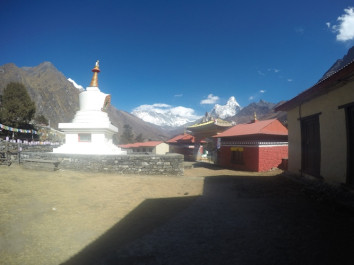
11th Sep, 2015
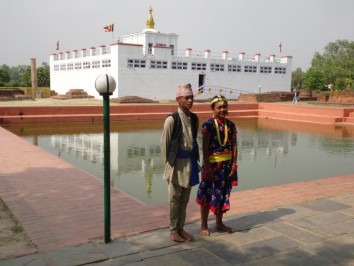
6th Aug, 2017
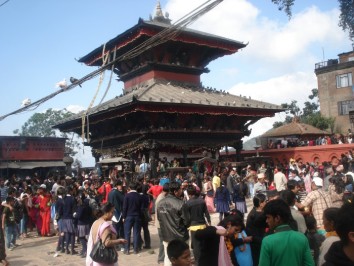
3rd Aug, 2017
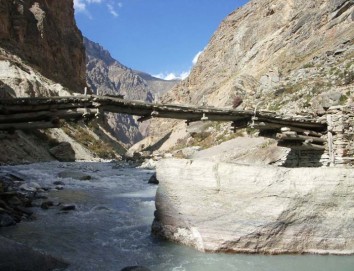
26th Jun, 2016
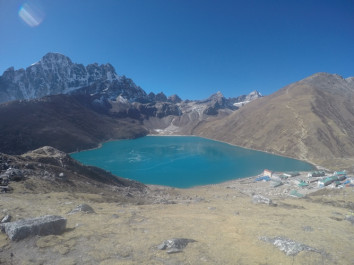
6th Jun, 2016
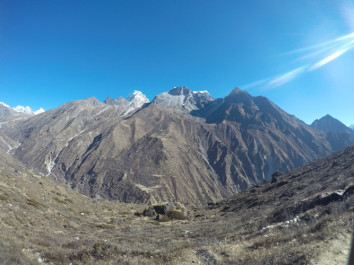
30th Aug, 2015
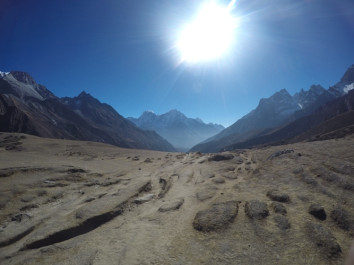
7th Sep, 2015
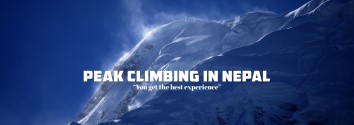
26th Aug, 2015
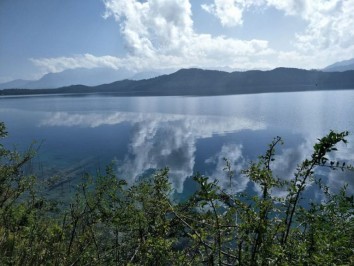
5th Sep, 2015
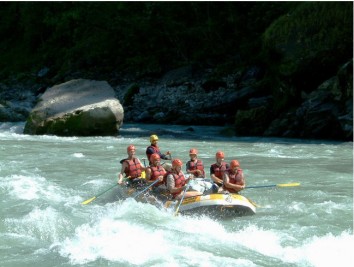
16th Sep, 2015
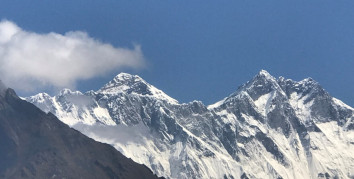
20th Sep, 2015
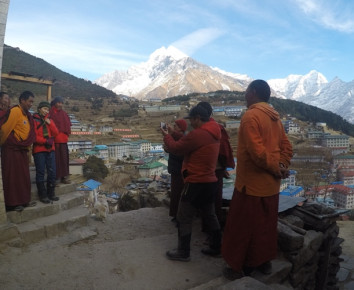
16th Jun, 2016
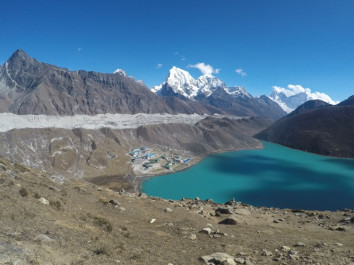
15th Dec, 2016
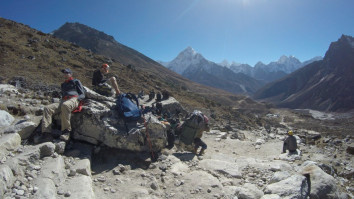
6th Jul, 2016
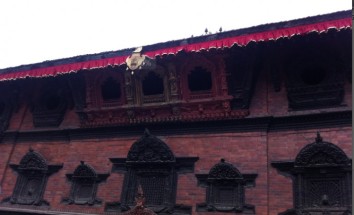
22nd Mar, 2020
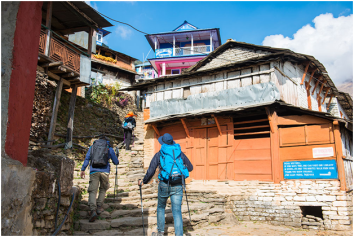
10th Mar, 2020
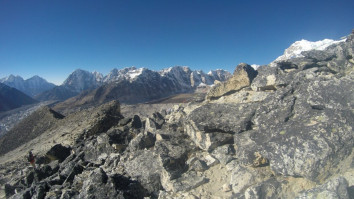
5th Aug, 2016
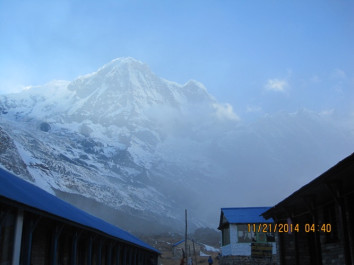
23rd Sep, 2016
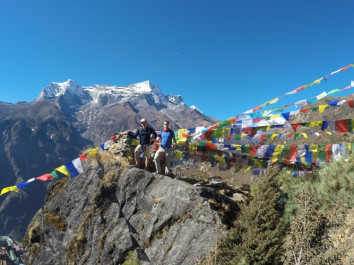
1st Sep, 2015
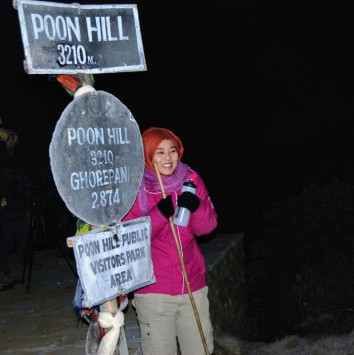
13th Dec, 2017
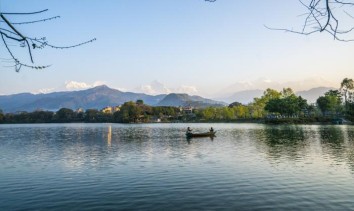
20th Jul, 2017
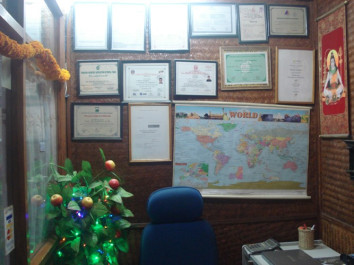
12th Aug, 2015
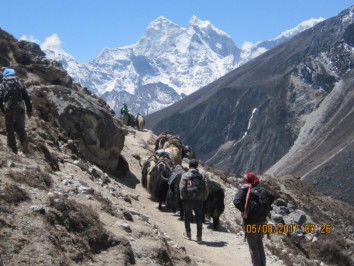
17th Nov, 2017
24th Aug, 2015
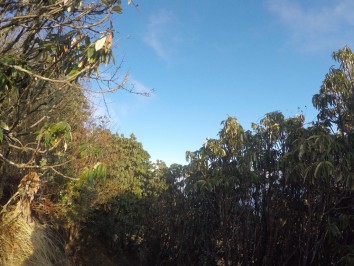
18th Sep, 2017
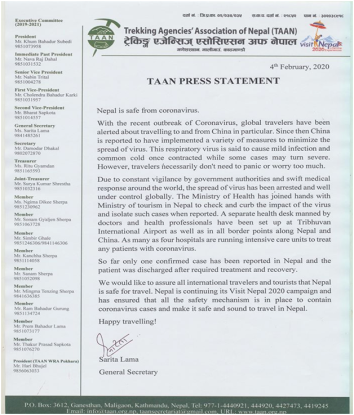
23rd Feb, 2020
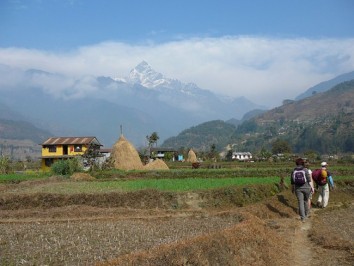
14th Jun, 2017
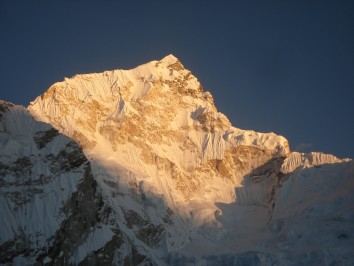
26th Jun, 2017
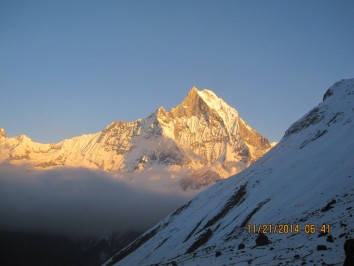
19th Aug, 2015
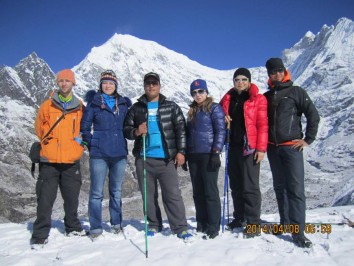
7th Apr, 2017
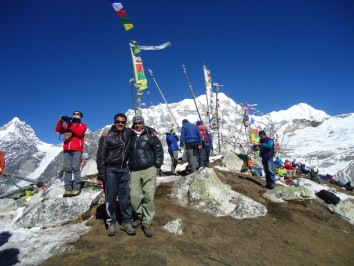
1st Jul, 2016
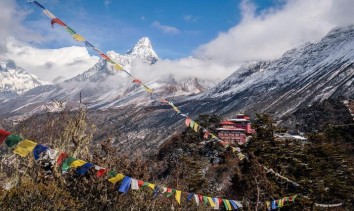
20th Sep, 2016

5th Jul, 2016
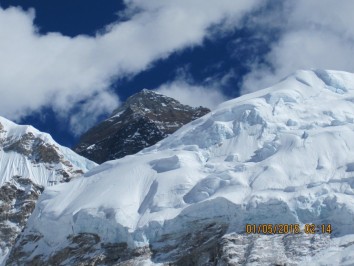
10th Jul, 2016
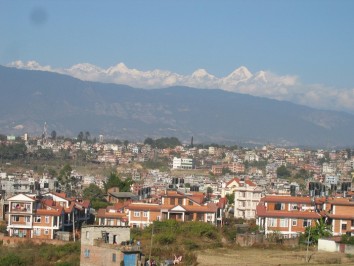
12th Mar, 2020
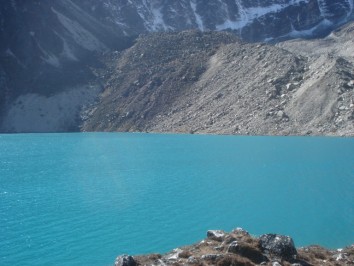
30th Jun, 2017
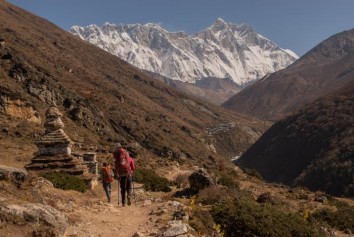
30th Aug, 2018

23rd Jul, 2017
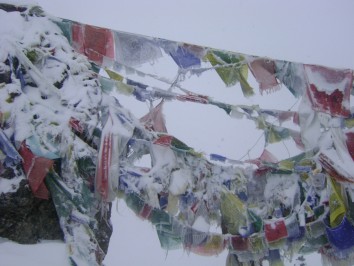
12th Jan, 2017
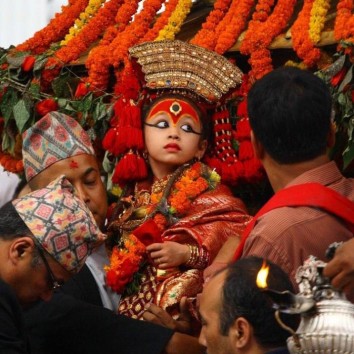
23rd Jul, 2017
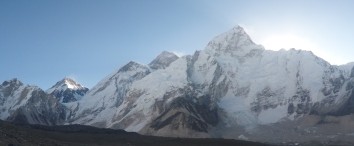
11th Aug, 2017
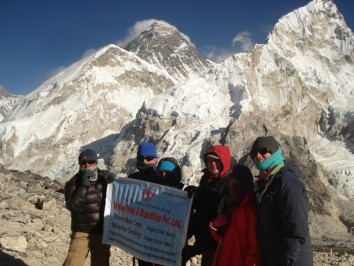
2nd Jul, 2017
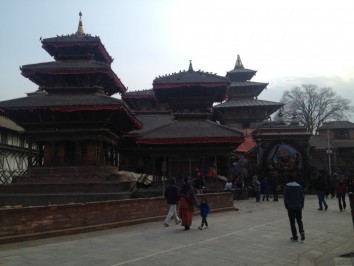
4th Sep, 2018
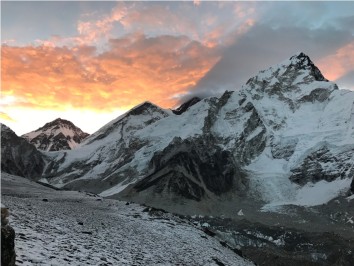
11th Aug, 2017
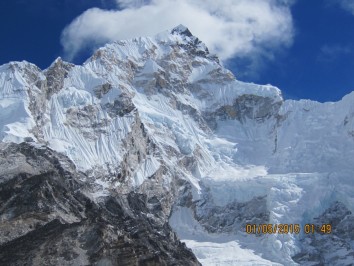
27th Jun, 2016
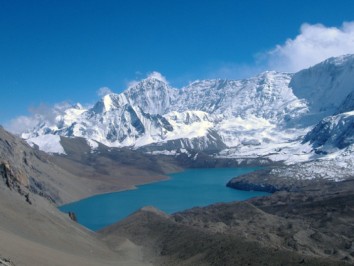
2nd Apr, 2017
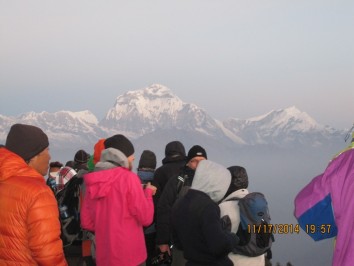
28th Jun, 2016
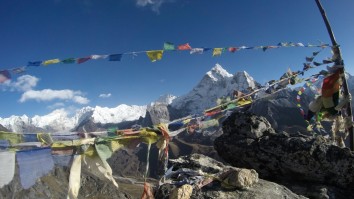
23rd Jun, 2016
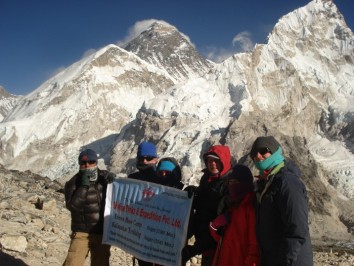
21st Sep, 2018
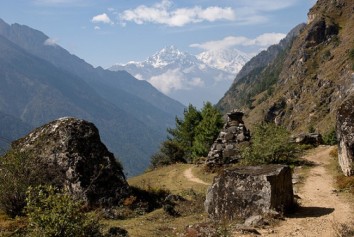
25th Sep, 2015
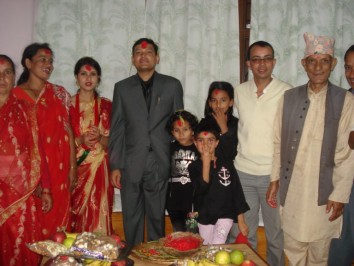
15th Sep, 2017
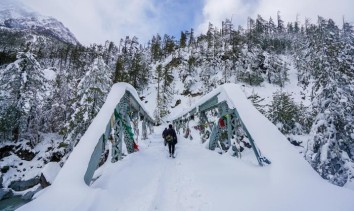
21st Jun, 2016
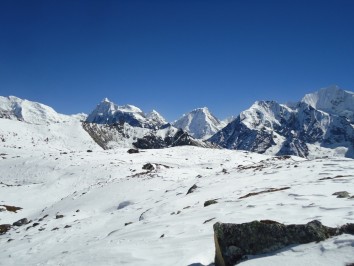
21st Aug, 2015
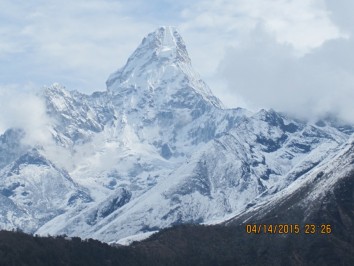
8th Jul, 2016
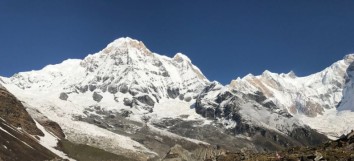
1st Jan, 2018

28th Sep, 2015
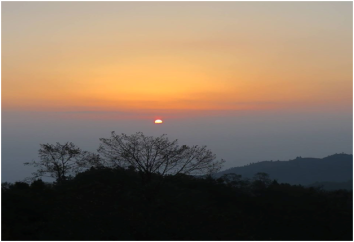
5th Mar, 2020
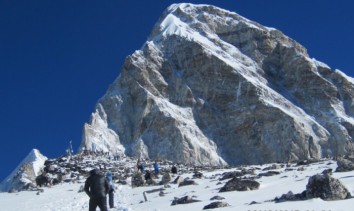
12th Sep, 2017
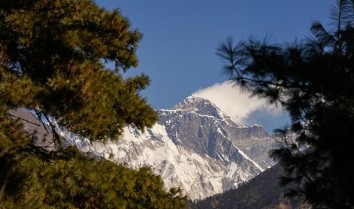
12th Sep, 2020

22nd Aug, 2017
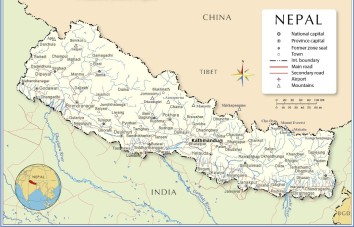
18th Aug, 2017
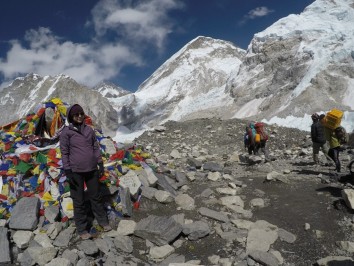
27th Sep, 2016
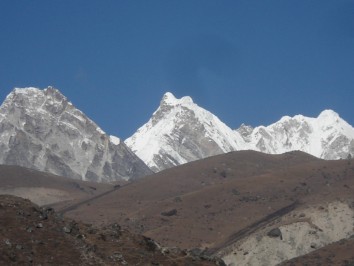
13th Jan, 2016
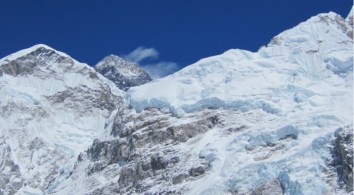
18th Aug, 2017

23rd Feb, 2020

6th May, 2018

31st Aug, 2017
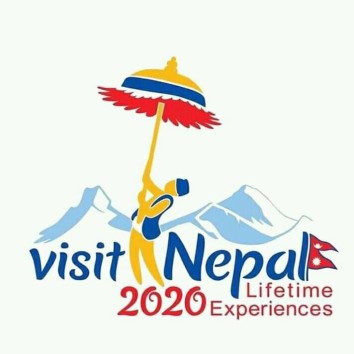
17th Feb, 2020
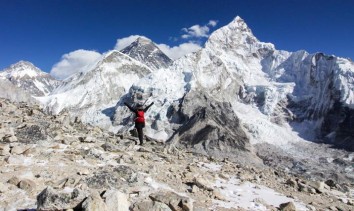
23rd Oct, 2017
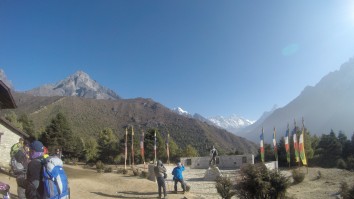
2nd Jul, 2016

9th Aug, 2016
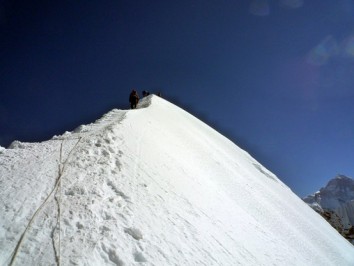
23rd Nov, 2022
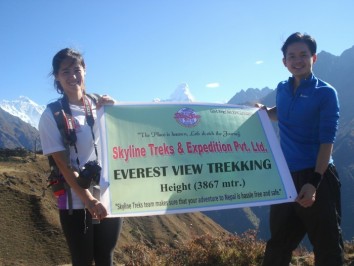
23rd Nov, 2022
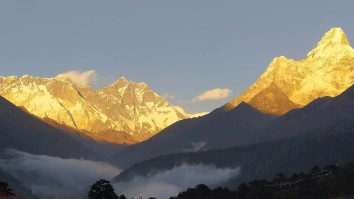
18th Dec, 2022
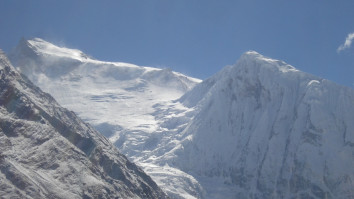
11th Mar, 2023
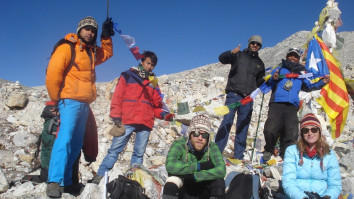
11th Mar, 2023
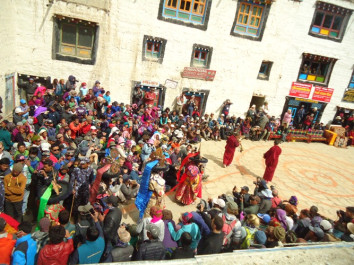
13th Mar, 2023
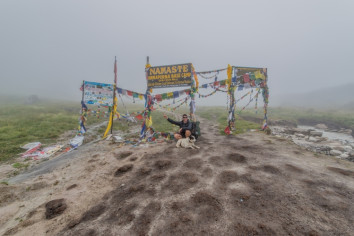
14th Mar, 2023
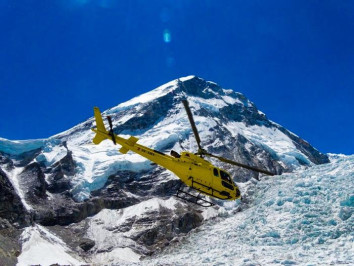
15th Mar, 2023
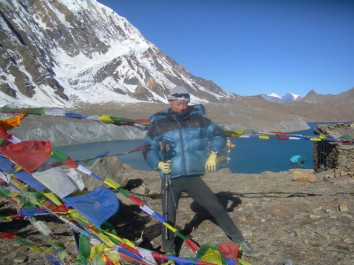
16th Mar, 2023
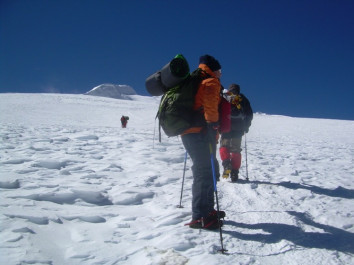
17th Mar, 2023
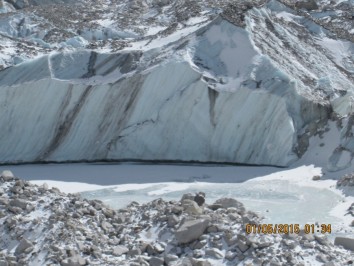
18th Mar, 2023
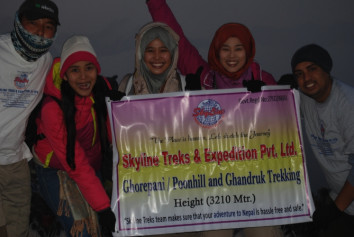
19th Mar, 2023
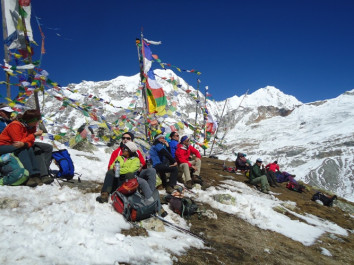
20th Mar, 2023
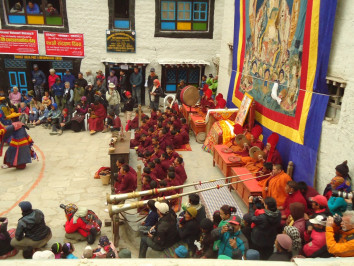
23rd Mar, 2023
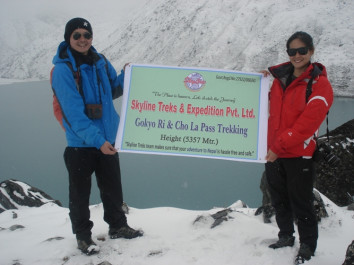
26th Mar, 2023
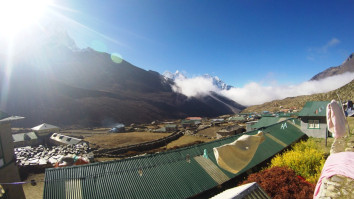
3rd Apr, 2023
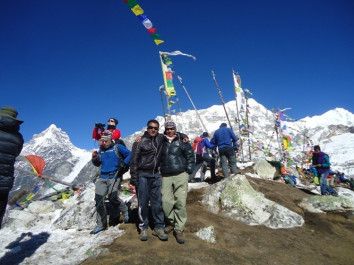
11th Apr, 2023
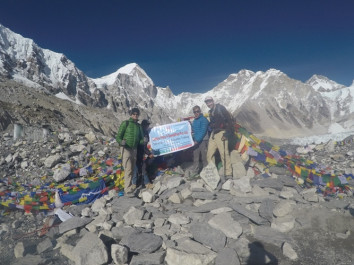
11th May, 2023
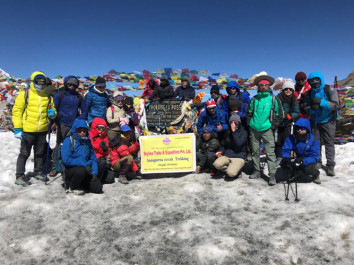
27th May, 2023
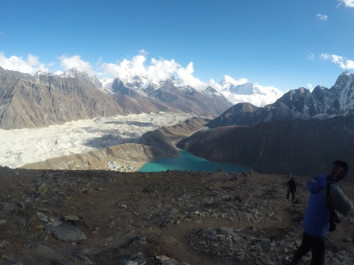
30th May, 2023
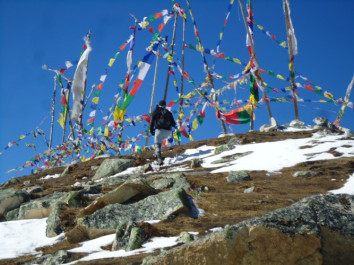
1st Jun, 2023
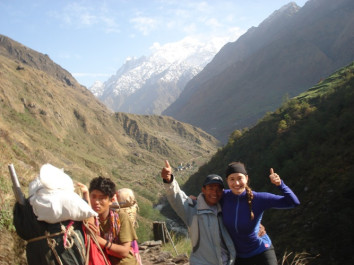
3rd Jun, 2023
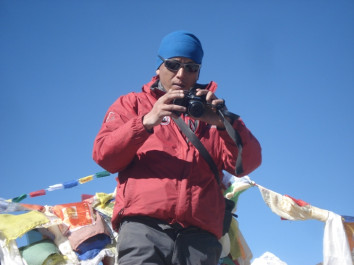
4th Jun, 2023
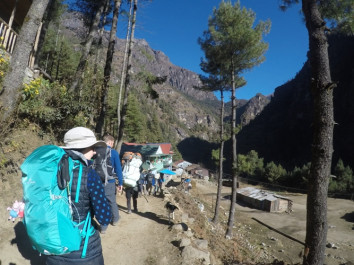
6th Jun, 2023
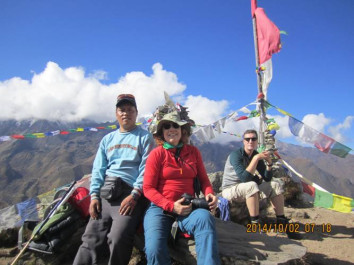
14th Jun, 2023
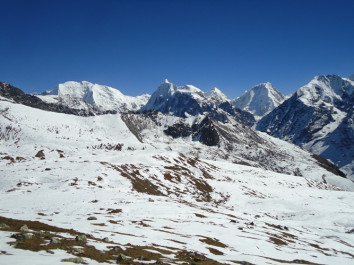
16th Jun, 2023
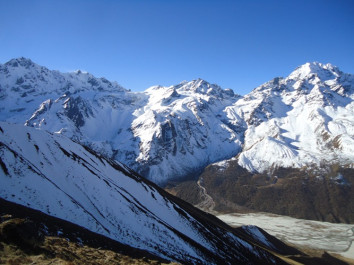
18th Jun, 2023
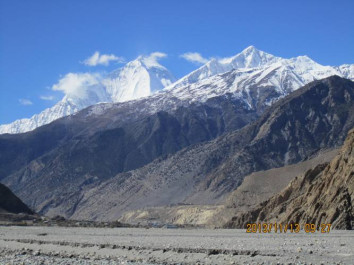
24th Jun, 2023
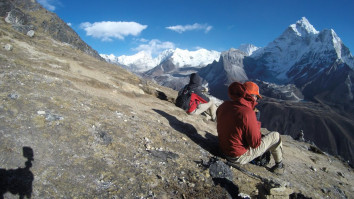
29th Jun, 2023
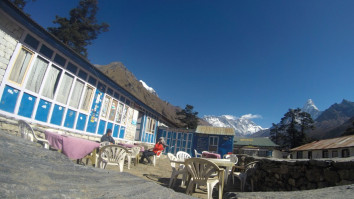
2nd Jul, 2023
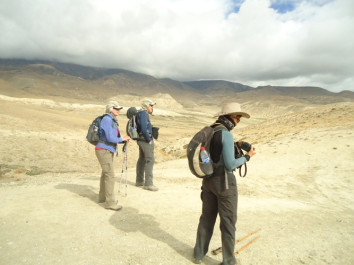
4th Jul, 2023
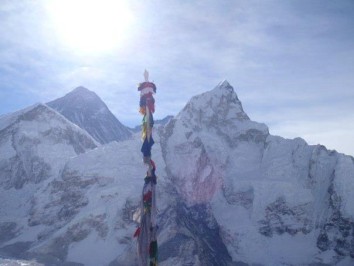
8th Jul, 2023
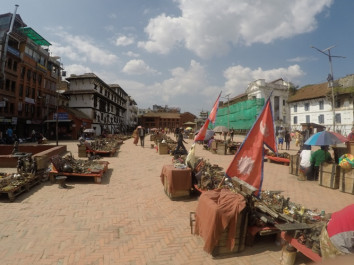
25th Jul, 2023
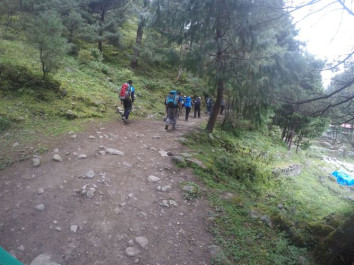
5th Aug, 2023
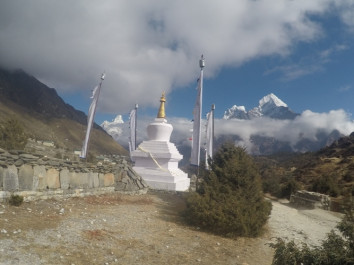
6th Aug, 2023
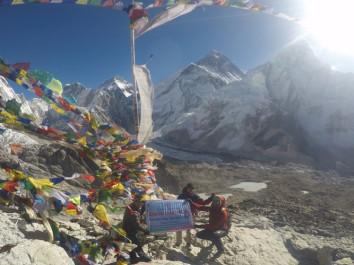
7th Aug, 2023
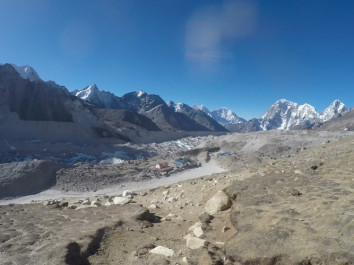
10th Aug, 2023
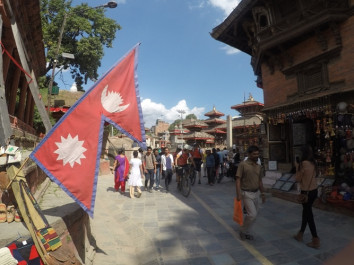
11th Aug, 2023
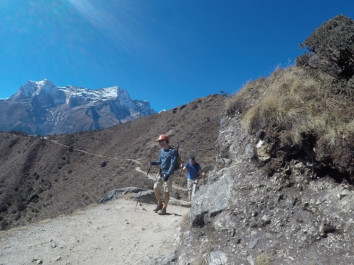
12th Aug, 2023
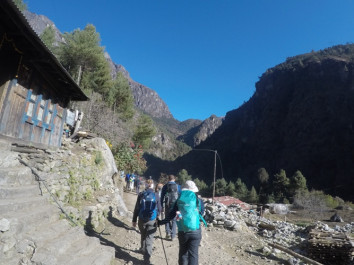
13th Aug, 2023
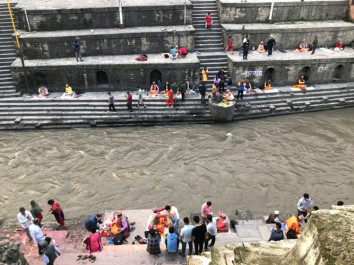
22nd Aug, 2023
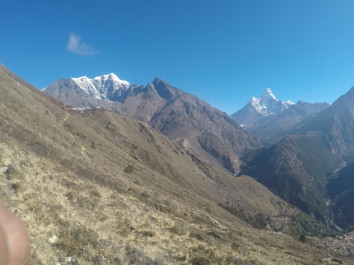
23rd Aug, 2023

24th Aug, 2023
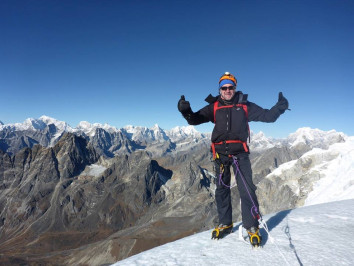
26th Aug, 2023
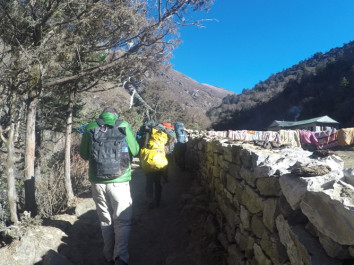
27th Aug, 2023
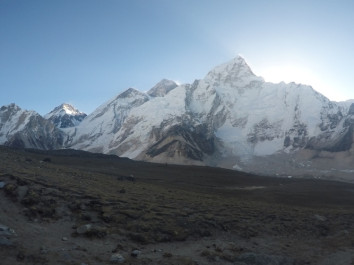
31st Aug, 2023
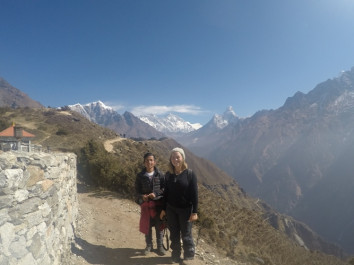
3rd Sep, 2023
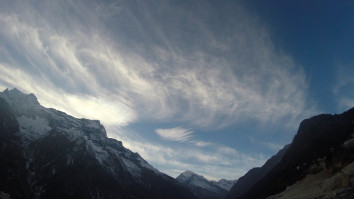
8th Sep, 2023
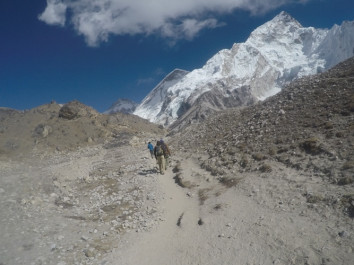
12th Sep, 2023
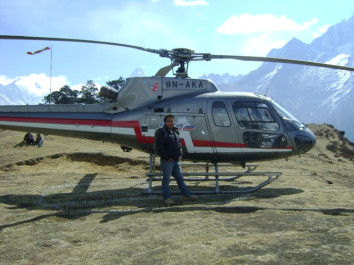
20th Sep, 2023
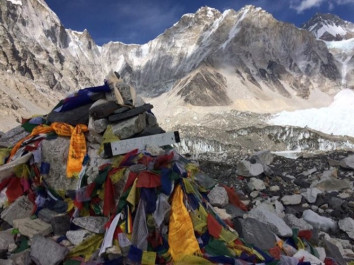
21st Sep, 2023
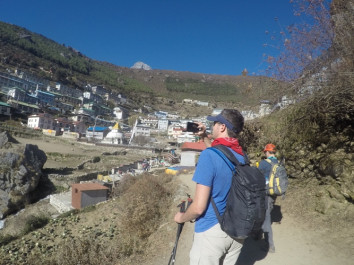
22nd Sep, 2023
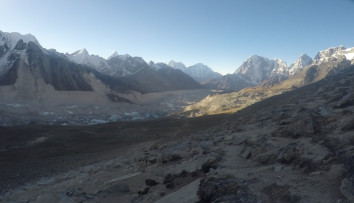
23rd Sep, 2023
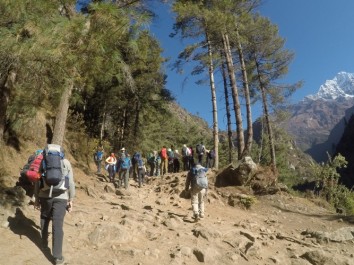
30th Sep, 2023
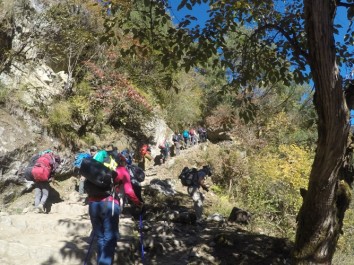
1st Oct, 2023
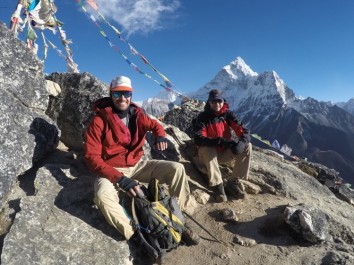
2nd Oct, 2023
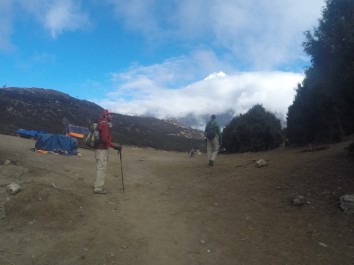
6th Oct, 2023
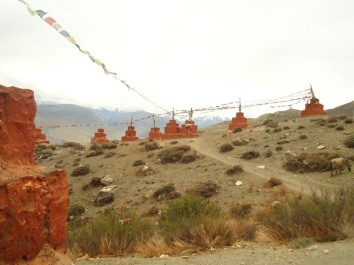
10th Oct, 2023
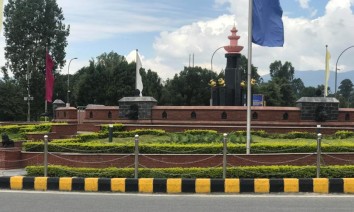
11th Oct, 2023
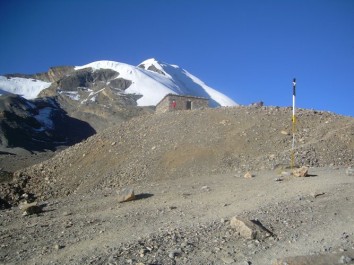
15th Oct, 2023
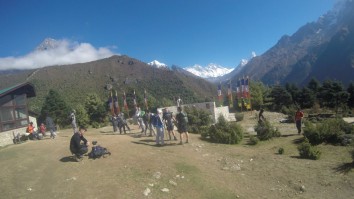
16th Oct, 2023
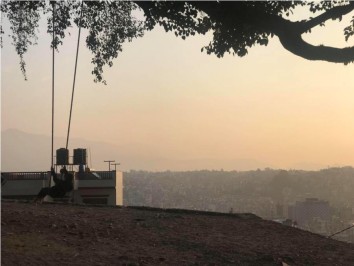
17th Oct, 2023
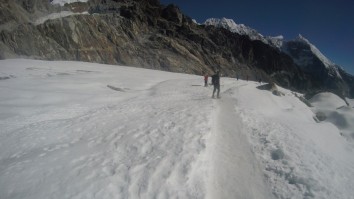
18th Oct, 2023
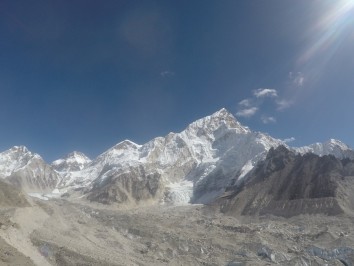
21st Oct, 2023
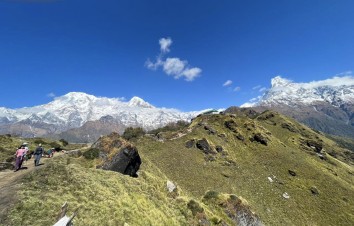
28th Oct, 2023
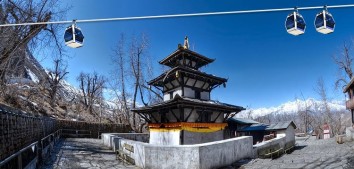
30th Oct, 2023
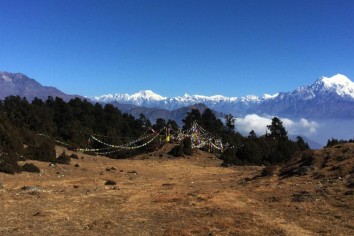
1st Nov, 2023
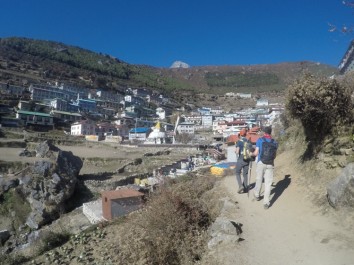
3rd Nov, 2023
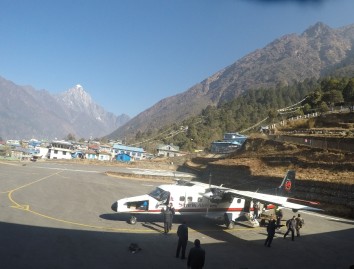
10th Nov, 2023
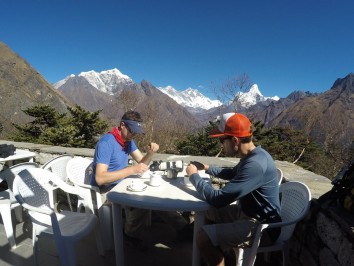
12th Nov, 2023
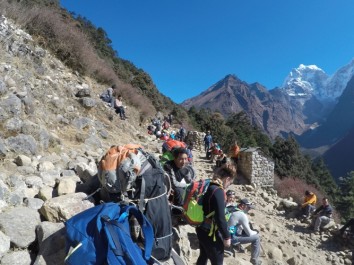
27th Nov, 2023
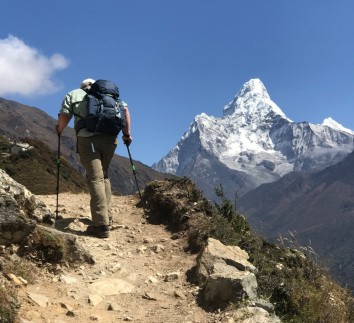
30th Nov, 2023
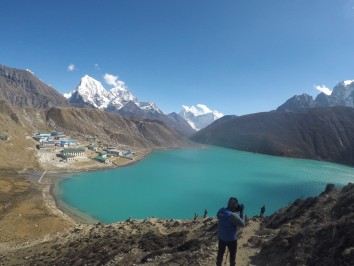
6th Dec, 2023
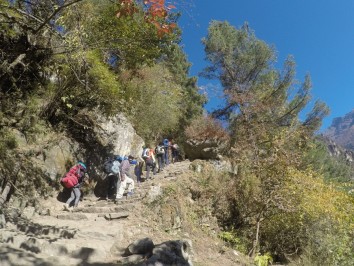
7th Dec, 2023
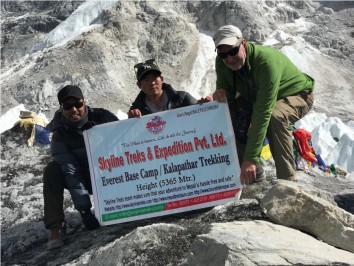
8th Dec, 2023
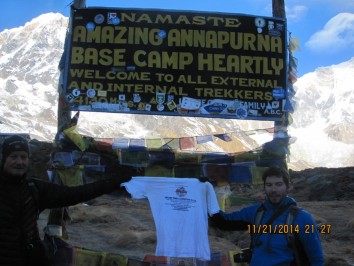
9th Dec, 2023
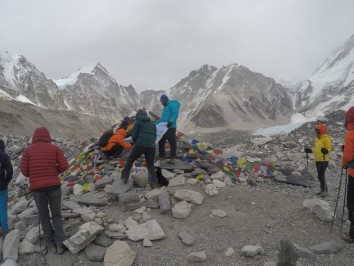
10th Dec, 2023
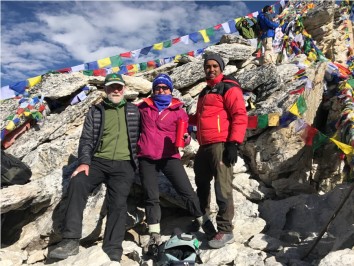
13th Dec, 2023
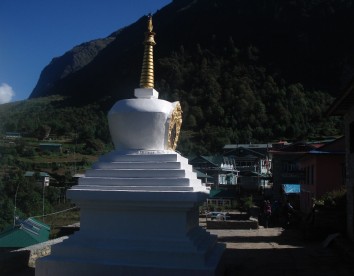
15th Dec, 2023
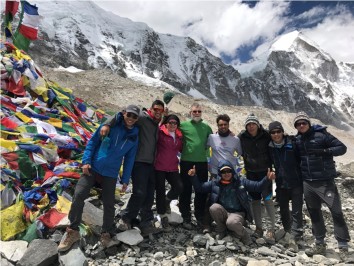
25th Dec, 2023
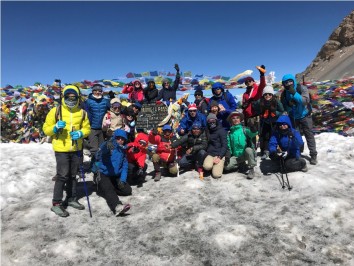
7th Jan, 2024
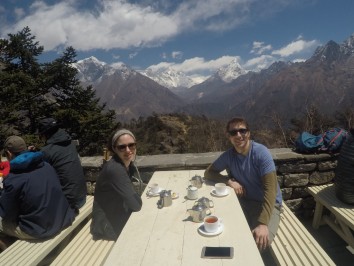
17th Jan, 2024
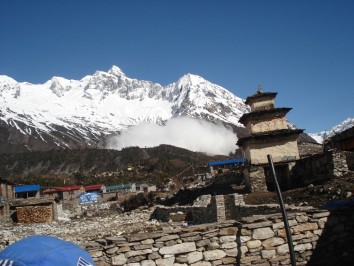
1st Feb, 2024
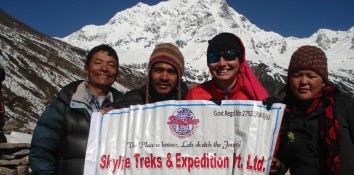
4th Feb, 2024
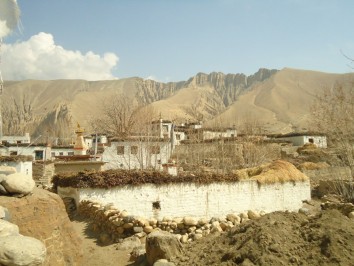
12th Feb, 2024
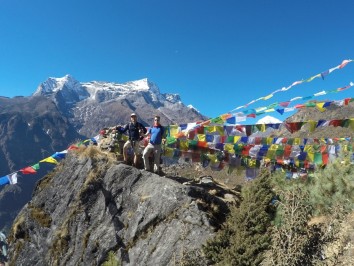
17th Feb, 2024
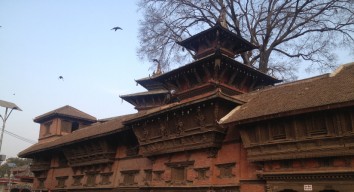
22nd Feb, 2024
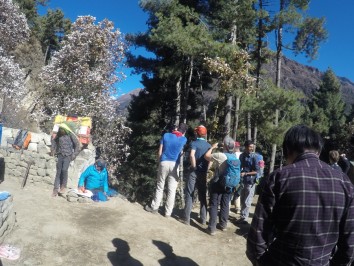
7th Mar, 2024
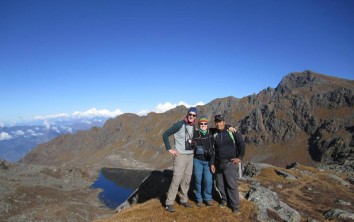
10th Mar, 2024
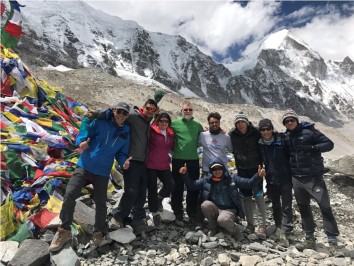
30th Mar, 2024
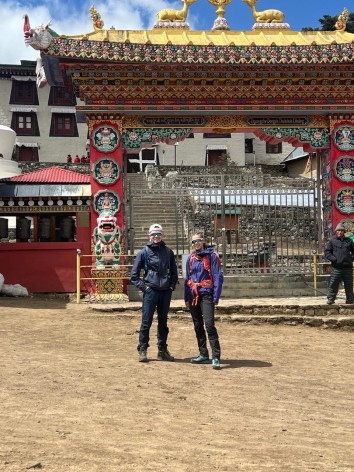
3rd Apr, 2024
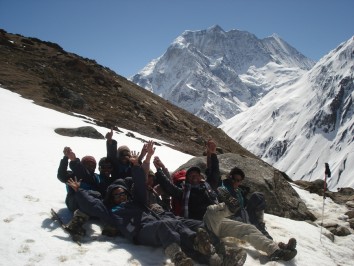
6th Apr, 2024
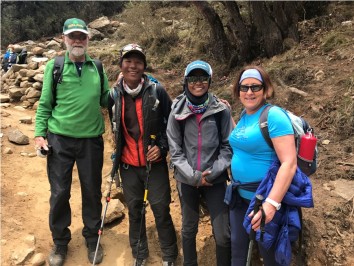
10th Apr, 2024
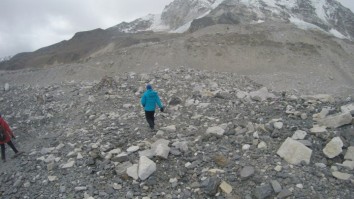
1st May, 2024
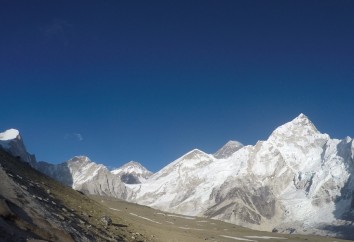
4th May, 2024
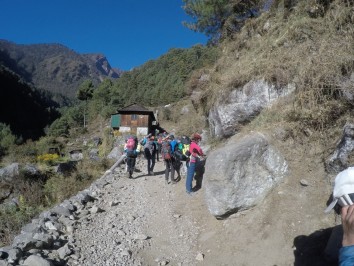
5th May, 2024
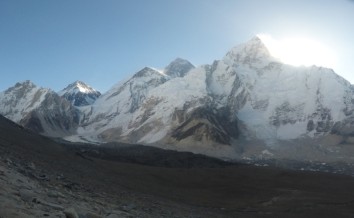
7th May, 2024
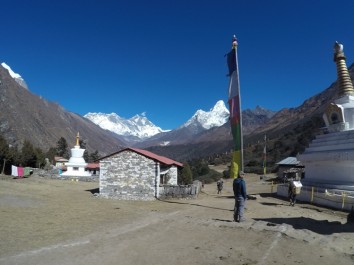
10th May, 2024
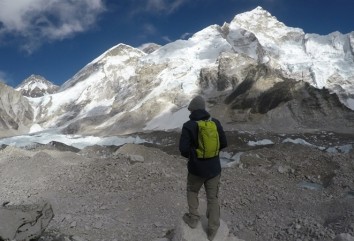
15th May, 2024
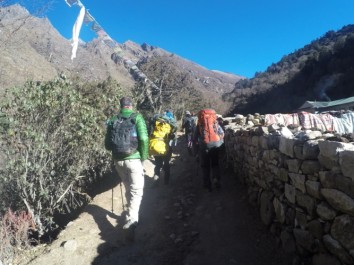
26th May, 2024
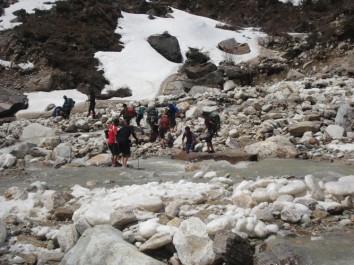
2nd Jun, 2024
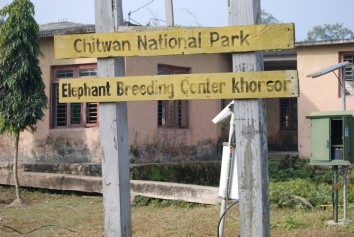
22nd Jun, 2024
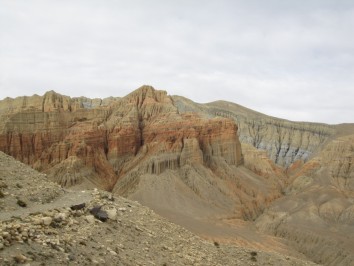
2nd Jul, 2024
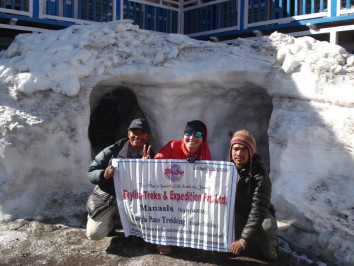
3rd Jul, 2024
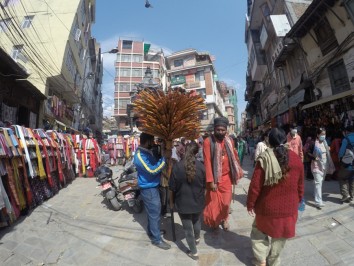
6th Jul, 2024
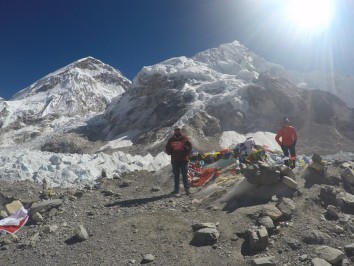
7th Jul, 2024
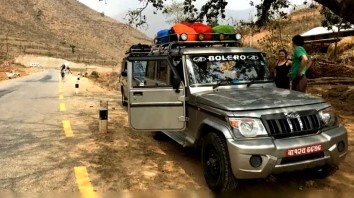
19th Jul, 2024
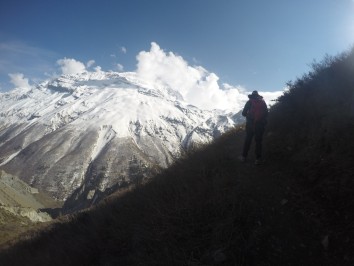
23rd Jul, 2024

28th Jul, 2024
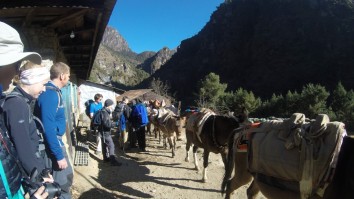
31st Jul, 2024
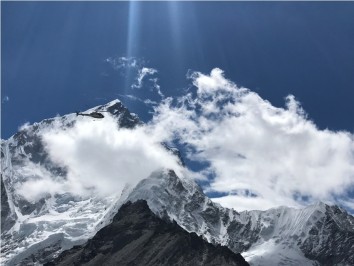
23rd Aug, 2024
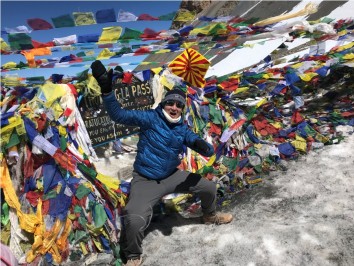
19th Oct, 2024

21st Oct, 2024
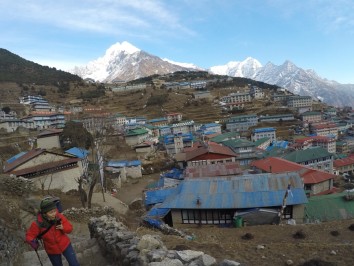
23rd Jan, 2025
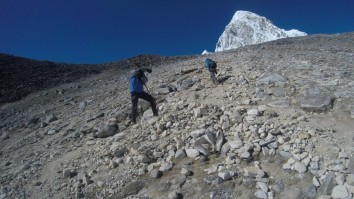
8th Feb, 2025
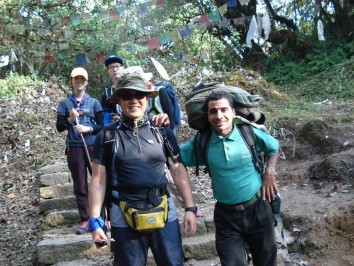
9th Mar, 2025
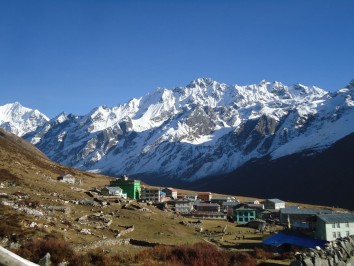
15th Mar, 2025
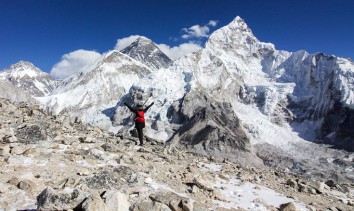
17th Mar, 2025
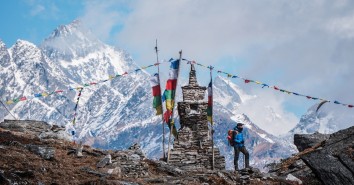
18th Mar, 2025

19th Mar, 2025
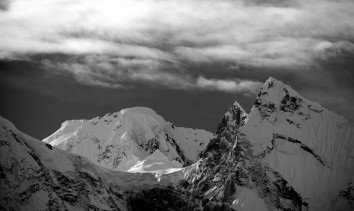
20th Mar, 2025

23rd Mar, 2025
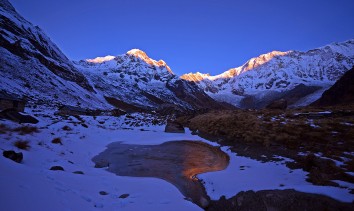
6th Apr, 2025
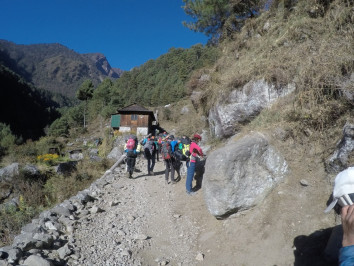
6th Apr, 2025
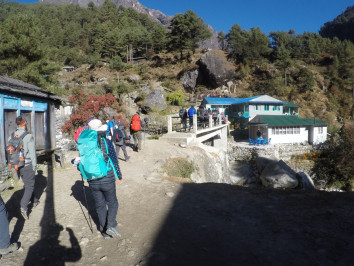
6th Apr, 2025
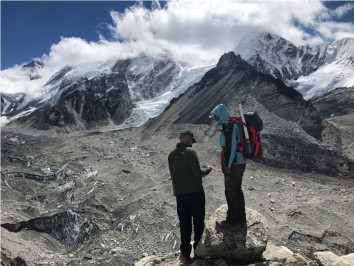
9th Apr, 2025
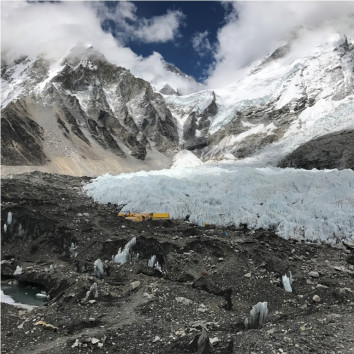
9th Apr, 2025
